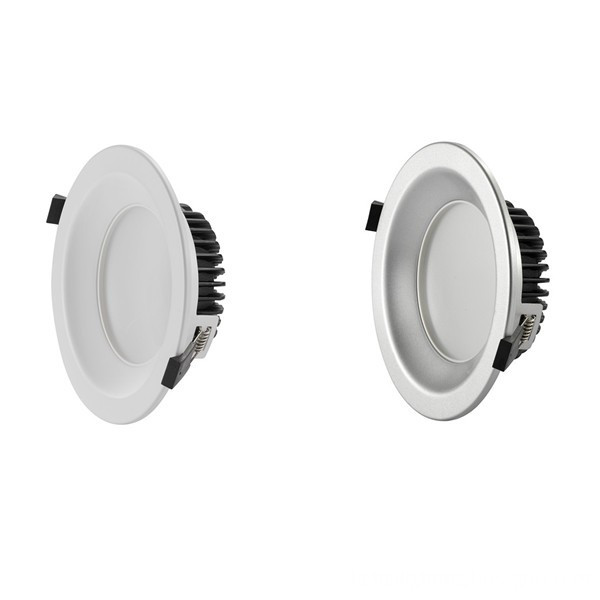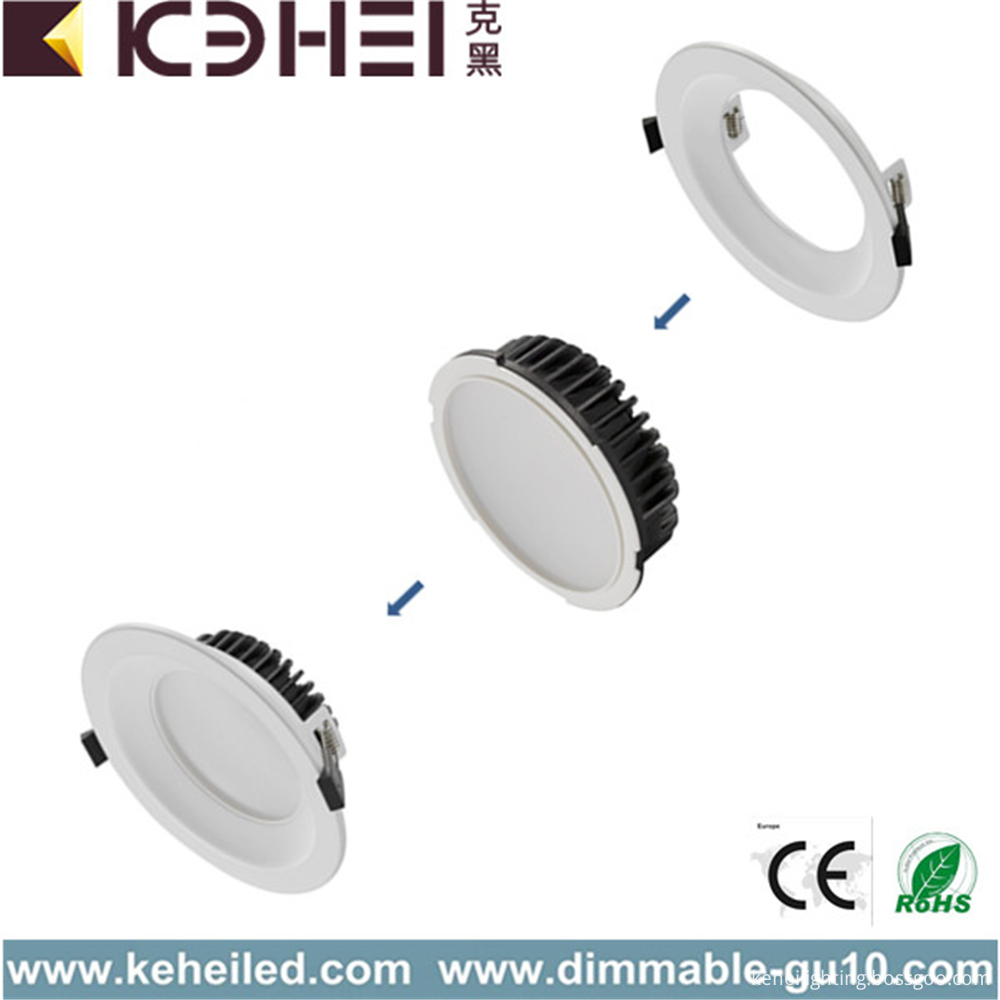At present, the key to the development of LED chip technology lies in substrate materials and wafer growth technology. In addition to traditional sapphire, silicon (Si), silicon carbide (SiC) substrate materials, zinc oxide (ZnO) and gallium nitride (GaN) are also the focus of current LED chip research.
The chip is the core component of the LED. At present, there are many LED chip manufacturers at home and abroad, but there is no uniform standard for chip classification. If classified by power, there are high power and medium and small power; if classified by color, it is mainly red, green and blue; Classified by shape, generally divided into square pieces, wafers; if classified by voltage, it is divided into low-voltage DC chips and high-voltage DC chips. In terms of comparison of chip technologies at home and abroad, foreign chip technology is new, and domestic chip production is not heavy.
Substrate material and wafer growth technology are key
At present, the key to the development of LED chip technology lies in substrate materials and wafer growth technology. In addition to traditional sapphire, silicon (Si), silicon carbide (SiC) substrate materials, zinc oxide (ZnO) and gallium nitride (GaN) are also the focus of current LED chip research. At present, most of the commercially available sapphire or silicon carbide substrates are used to epitaxially grow wide-bandgap semiconductor gallium nitride. Both materials are very expensive and are monopolized by large foreign companies, and the price of silicon substrates is higher than that of sapphire and carbonization. Silicon substrates are much cheaper, making larger substrates and increasing the utilization of MOCVD, thereby increasing die yield. Therefore, in order to break through international patent barriers, Chinese research institutions and LED companies began research on silicon substrate materials.
However, the problem is that the high-quality combination of silicon and gallium nitride is a technical difficulty of the LED chip. The technical problems of high defect density and crack caused by the large mismatch between the lattice constant and the thermal expansion coefficient of the two have long hindered the chip field. development of.
Undoubtedly, from the perspective of the substrate, the mainstream substrate is still sapphire and silicon carbide, but silicon has become the future development trend of the chip field. For China, where the price war is relatively serious, the silicon substrate has more cost and price advantages: the silicon substrate is a conductive substrate, which not only reduces the die area, but also eliminates the dry etching step of the gallium nitride epitaxial layer. In addition, silicon has a lower hardness than sapphire and silicon carbide, and it can also save some costs in processing.
At present, most of the LED industry is mainly made up of 2 or 4 inch sapphire substrates. If silicon-based gallium nitride technology can be used, at least 75% of raw material cost can be saved. According to estimates by Japan's Sanken Electric Co., the cost of manufacturing large-size blue-GaN gallium LEDs using silicon substrates is 90% lower than that of sapphire substrates and silicon carbide substrates.
Different chip technologies at home and abroad
In foreign countries, Osram, Puri, Japan and other leading companies have made breakthroughs in the research of large-size silicon-based GaN-based LEDs. Philips, South Korea's Samsung, LG, Japan's Toshiba and other international LED giants also set off a The research boom of GaN-based LEDs on silicon substrates. Among them, in 2011, Puri developed a high-efficiency GaN-based LED on an 8-inch silicon substrate, achieving a luminous efficiency comparable to that of a top-level LED device on sapphire and silicon carbide substrates of 160 lm/W. In 2012, OSRAM successfully produced a 6-inch silicon-on-silicon gallium-based LED.
In contrast, in mainland China, the breakthrough point of LED chip enterprise technology is mainly to improve the production capacity and large-size sapphire crystal growth technology, in addition to the successful production of high-power LED chips of 2-inch silicon substrate GaN-based LED chips in 2011. Chinese chip companies have no major breakthrough in the research of GaN-based LEDs on silicon substrates. Currently, LED chip companies in China are still focusing on production capacity, sapphire substrate materials and wafer growth technology. Sanan Optoelectronics, Dehao Runda, Tongfang Most of the mainland chip giants have also made breakthroughs in production capacity.
Magic 5 Inch LED Downlights can be detachable in two parts. One 12W/15W module, and 4 Inch size rings.
1. 5 Inch LED Downlights long life up to 25000Hrs.
2. 5 Inch Led Downlights can save 80% energy
3. Color temperature of 5 Inch LED Downlights: warm white, nature white, cool white.
4. Rate voltage of 5 Inch LED Downlights: AC100-240V.
5. Frequency of 5 Inch LED Downlights: 50HZ.
6. 5 Inch LED Downlights with 2 years Warranty.
7. Dimmable & CCT Changeable Downlight can be abvailable.
8. White, black, silver corlor for option.


5 Inch LED Downlights
5 Inch LED Downlights,5 Inch Square LED Downlights,5 Inch Dimmable LED Downlights,Recessed LED Downlight
SHENZHEN KEHEI LIGHTING TECHNOLOGY CO.LTD , https://www.keheiled.com